The activated carbon market in North America is characterized by a competitive landscape that is increasingly shaped by innovation, sustainability, and strategic partnerships. Key players such as Calgon Carbon Corporation (US), Cabot Corporation (US), and Evoqua Water Technologies (US) are at the forefront, each adopting distinct strategies to enhance their market positioning. Calgon Carbon Corporation (US) focuses on expanding its product portfolio through technological advancements, while Cabot Corporation (US) emphasizes sustainability in its operations, aiming to reduce environmental impact. Evoqua Water Technologies (US) is leveraging digital transformation to optimize its service offerings, indicating a trend towards integrating technology in operational processes. Collectively, these strategies contribute to a dynamic competitive environment, where companies are not only vying for market share but also striving to meet evolving customer demands for sustainable solutions.
In terms of business tactics, companies are increasingly localizing manufacturing and optimizing supply chains to enhance efficiency and responsiveness. The market structure appears moderately fragmented, with several players competing across various segments. This fragmentation allows for niche players to thrive, while larger corporations leverage their scale to dominate key market segments. The collective influence of these key players shapes the market dynamics, as they engage in strategic collaborations and innovations to maintain competitive advantages.
In October 2025, Calgon Carbon Corporation (US) announced a partnership with a leading water treatment firm to develop advanced filtration solutions aimed at improving water quality in industrial applications. This collaboration is strategically significant as it not only enhances Calgon's product offerings but also positions the company as a leader in addressing critical environmental challenges, thereby aligning with current sustainability trends.
In September 2025, Cabot Corporation (US) unveiled a new line of activated carbon products designed specifically for air purification applications. This launch reflects Cabot's commitment to sustainability and innovation, as the new products are engineered to meet stringent environmental regulations. The introduction of these products is likely to strengthen Cabot's market presence and cater to the growing demand for eco-friendly solutions in air quality management.
In August 2025, Evoqua Water Technologies (US) expanded its service capabilities by integrating AI-driven analytics into its water treatment processes. This strategic move is indicative of the broader trend towards digitalization within the industry, as it enhances operational efficiency and provides clients with real-time data insights. By adopting such advanced technologies, Evoqua positions itself as a forward-thinking player in the activated carbon market, likely attracting a tech-savvy customer base.
As of November 2025, the competitive trends in the activated carbon market are increasingly defined by digitalization, sustainability, and the integration of advanced technologies. Strategic alliances are becoming more prevalent, as companies recognize the value of collaboration in driving innovation and enhancing service offerings. Looking ahead, competitive differentiation is expected to evolve, with a notable shift from price-based competition towards a focus on innovation, technology, and supply chain reliability. This transition underscores the importance of adaptability and forward-thinking strategies in navigating the complexities of the market.



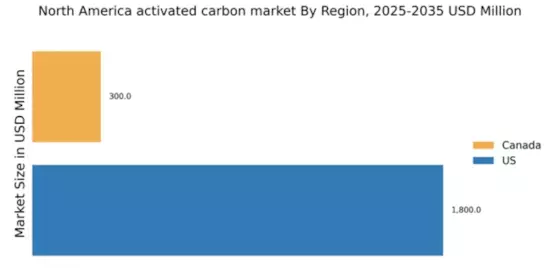
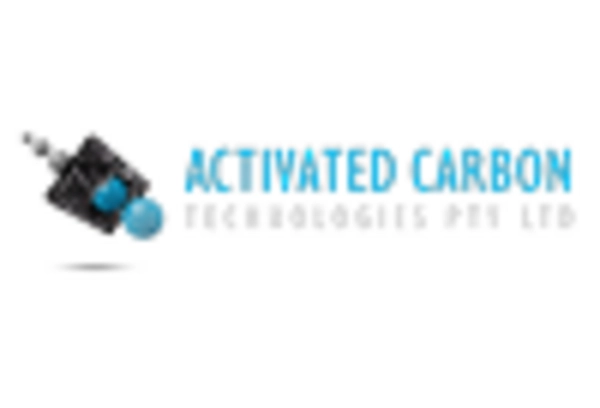


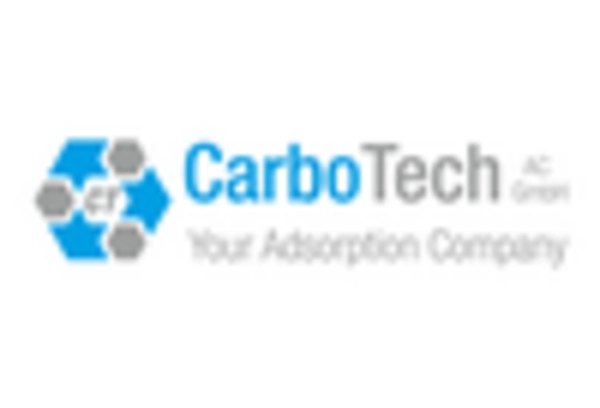
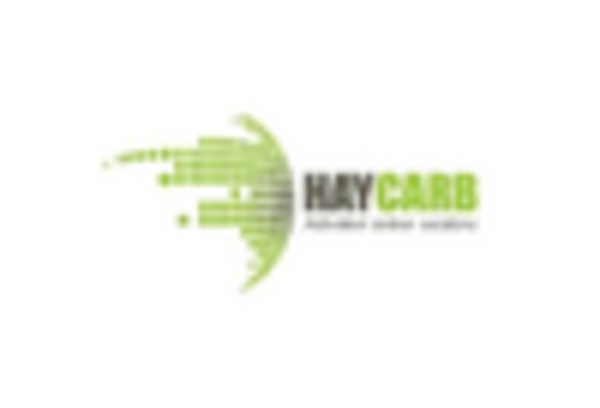
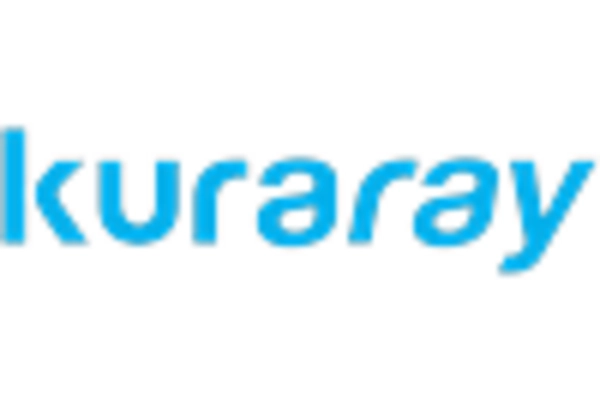








Leave a Comment